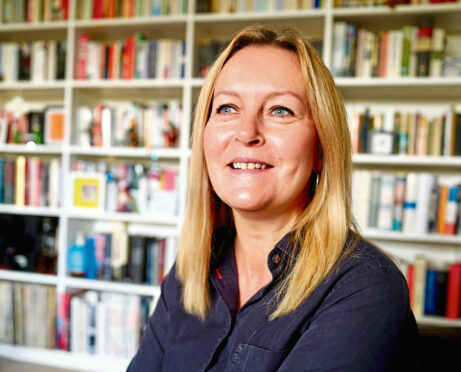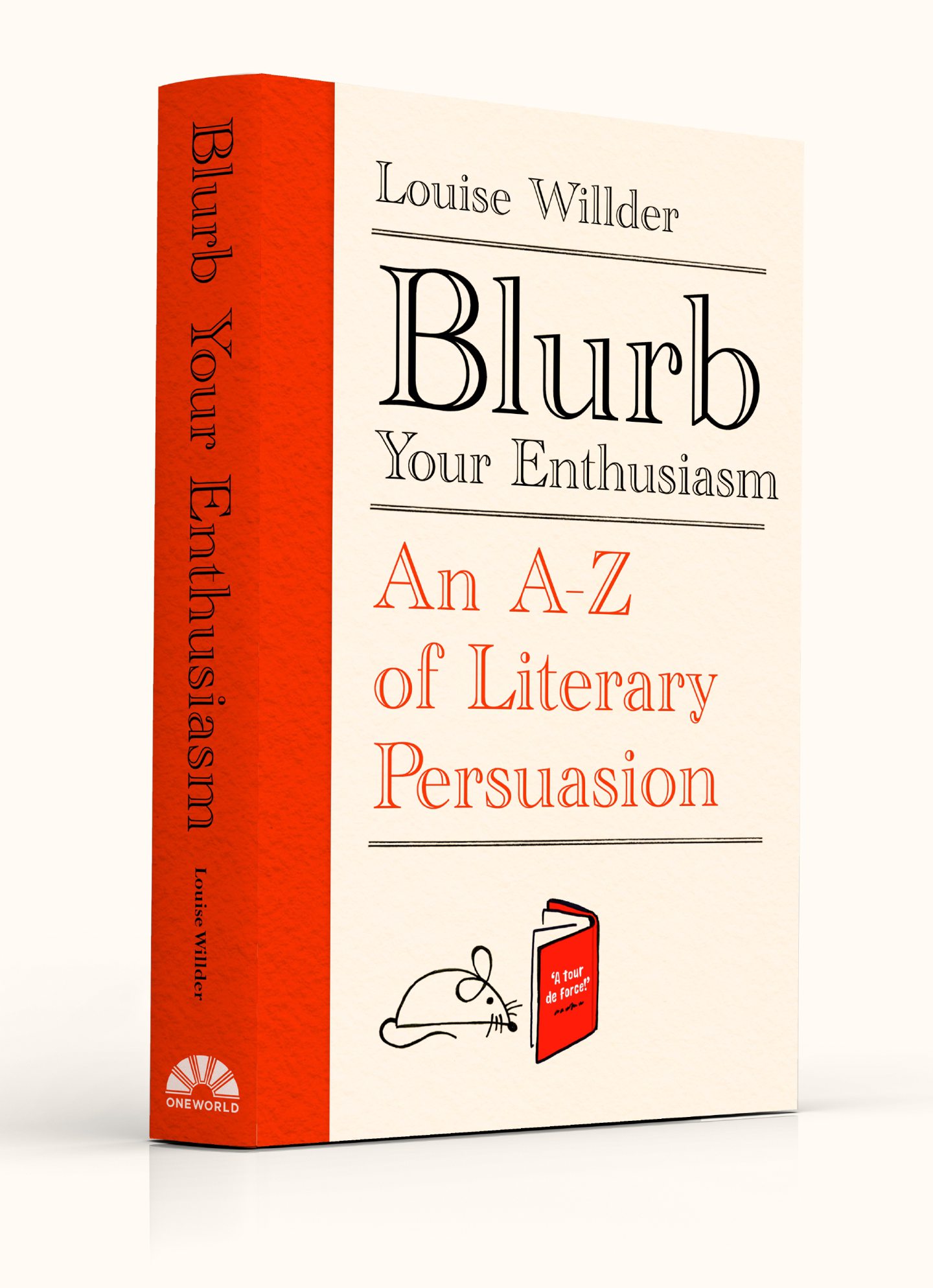
It’s often said we can’t – or shouldn’t – judge a book by its cover. Yet every time we pick up a paperback from bookshop and library shelves, the first words we read are designed to help us do just that.
Far more persuasive than the title or cover art alone, jacket copy or “blurbs” give just enough information to leave readers wanting more, expertly outlining the content between the first page and last, without ever giving way the ending.
In our lifetime, we will read more of these carefully-worded blurbs than the books they describe – and with her words adorning the covers of more than 5,000 titles, chances are, you’ve read at least one or two by Louise Willder, an expert copywriter who has spent the past 25 years condensing classic tales into just 100 words or less.
“My job is about writing something that will have the maximum emotional impact on the reader in a minimum amount of words,” explained Willder, who has worked in the blurb department of Penguin Books since the early ‘90s. “It’s one really passionate reader, trying to communicate with another really passionate reader standing in a bookshop.
“They might be looking at loads of other things, they might just glance or skim what they’re reading, but you have to hope that there’s something in the blurb that hooks them in, while also staying true to what’s inside the book – and to the voice of the author as well. A lot of what we do is a kind of mimicry or ventriloquism, reflecting the tone of the book, which is a lot of responsibility.”
Publishers have hired expert summery writers to promote and advertise fiction and non-fiction for almost as long as books have been printed, with the word blurb itself first documented in the early 1900s. Capturing the essence of a book in just a few sentences, Willder says, is a craft rather than an art, and involves being not just a clever wordsmith but also a voracious reader.
However, it’s not always possible to read every book from cover to cover.
She explained: “I’ll confess, if it’s an 800-page history book, then I won’t read it all. But if it is fiction, I always want to read the whole thing because I want to know what happens at the end – obviously, I’m not going to give it away but I want to know what direction it’s going in, and I want to get a sense of the author’s voice.
“After I’ve read it, it’s a process of putting it to one side and pretending I haven’t read it, putting myself in the shoes of someone who hasn’t either. What do they really need to know about this book?
“Stephen King said you should write with the door closed, then rewrite with the door open. I suppose when you are copywriting, you are always writing with the door open. Who’s going to read this? How do I tickle their fancy and get their interest?”
Louise’s top jacket copy that tells its own story
Kevin Bridges, We Need to Talk About Kevin Bridges
“A comedian’s autobiography? I wonder if he’s ever used humour to deflect from his insecurities? To avoid being bullied? Is there heartache behind the humour? I wonder if he’s a manic-depressive? Tears of a clown? Yes, all of that.”
Val McDermid, The Mermaids Singing
“A tense, beautifully written psychological thriller, The Mermaids Singing explores the tormented mind of a serial killer unlike any the world of fiction has ever seen.”
Alasdair Gray, Poor Things
Godwin Baxter’s scientific ambition to create the perfect companion is realized when he finds the drowned body of Bella, but his dream is thwarted by Dr. Archibald McCandless’s jealous love for Baxter’s creation.
Muriel Spark, The Driver’s Seat
“Infinity and eternity attend Lise’s last terrible day in an unnamed south ern city, as she meets her fate.”
Ian Rankin, A Song For The Dark Times
He wasn’t the best father – the job always came first– but now his daughter needs him more than ever. But is he going as a father or a detective? As he leaves at dawn to drive to the windswept coast – and a small town with big secrets – he wonders whether this might be the first time in his life where the truth is the one thing he doesn’t want to find…
Now, after more than two decades of writing for other authors, Willder has finally become one herself, penning an “outside story of books” that explores the history of the secret ingredient that, hopefully, leaves readers scurrying to the till. Published on Thursday, Blurb Your Enthusiasm: An A–Z of Literary Persuasion, delves into the trends and tropes used by copywriters over the decades, some of the best – and worst – blurbs from classic covers, and Willder’s own tales from a long career, providing an insight into how publishers bring books to life.
“I’ve been so used to writing or mimicking other people’s voices, it was really interesting to start finding my own voice,” she explained of the writing process. “Also from going from writing something really small to something really big was a challenge!”
One of her favourites blurbs, as detailed in the book, adorned the back cover of the Picador edition of Bridget Jones’s Diary (“A dazzling urban satire of modern human relations? An ironic, tragic insight into the demise of the nuclear family? Or the confused ramblings of a p****d thirty-something?”) and works as an example of how a well-written synopsis acts as the book’s “calling card”.
Willder explained: “When you are first introducing someone, you concentrate on the positive aspects of them, in the briefest of ways, rather than talking about the negative things. So, even if there are some elements of exaggeration, sometimes that’s fine as you’ve got an audience that is aware of that, and also sometimes quite receptive to it as well. I know if there’s a great quote on the book, it will influence me.”
From being asked to summarise a book about horse riding without mentioning horses to avoiding any reference of an old male narrative for fear it would be “off putting to the market” – never mind the authors, like J. D. Salinger, who refuse to even have blurbs on their novels – Willder admits her job can be tricky. However, it has been a privilege.
She said: “My job has taught me more about literature and books than doing an English degree. I’ve learned and honed a craft, a certain way of writing. It’s an unusual job, but a brilliant one.”
Blurb Your Enthusiasm: An A–Z of Literary Persuasion, Oneworld, £14.99, is published September 1

Enjoy the convenience of having The Sunday Post delivered as a digital ePaper straight to your smartphone, tablet or computer.
Subscribe for only £5.49 a month and enjoy all the benefits of the printed paper as a digital replica.
Subscribe © SYSTEM
© SYSTEM